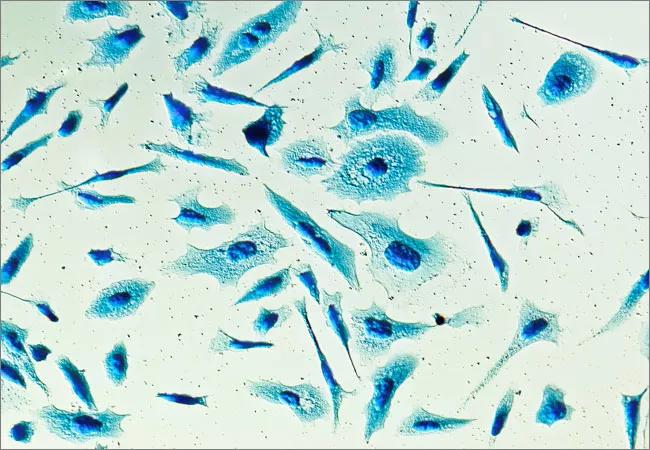Data analyzed from three centers

Not all high-risk localized prostate cancer (PCa) cases have equivalent lethal potential. Rates of 10-year freedom from biochemical recurrence (BCR) and metastasis (METS) can vary widely from 25 percent to 68 percent and from 73 percent to 89 percent, respectively.
Advertisement
Cleveland Clinic is a non-profit academic medical center. Advertising on our site helps support our mission. We do not endorse non-Cleveland Clinic products or services. Policy
John Hopkins University researchers proposed in 2013 that the high-risk category, as defined by the National Comprehensive Cancer Network (NCCN), be split into two groups, high-risk (HR) and very high risk (VHR), with the latter having distinctly worse outcomes than the former after radical prostatectomy. Specifically, VHR PCa by a primary Gleason pattern 5 on biopsy, more than four biopsy cores with a Gleason sum of 8 to 10, or multiple individual NCCN high-risk features.
Recently, investigators sought to validate the VHR clinical criteria using outcomes from three independent centers. “The idea is to identify men at highest risk so we can intensify their treatment,” says Eric Klein, MD, Chairman, Glickman Urological and Kidney Institute, Cleveland Clinic. “If we can identify beforehand that patients are unlikely to be cured by surgery alone then we can start to design clinical trials that include these patients.”
Dr. Klein was a co-author on the validation study, which was published in November in the journal Cancer.
The researchers looked at 1,981 patients from the University of Texas MD Anderson Cancer Center, Johns Hopkins and Cleveland Clinic who underwent radical prostatectomy between 2005 and 2015. Of these, 602 (30 percent) were classified as VHR.
The investigators separated patients with HR PCa into non-VHR and VHR risk strata and then tabulated and compared demographic, clinical and pathologic characteristics. They defined time to BCR on the basis of the first PSA level ≥ 0.2 ng/mL or the receipt of androgen deprivation therapy (ADT) and/or secondary radiotherapy (RT) (whichever was earlier).
Advertisement
The researchers found that adverse pathologic features were more frequent among men who met VHR criteria. Patients who met VHR criteria, were more likely to sustain positive surgical margins (37 percent vs 25 percent; P < 0.001) and pathologic lymph node mets (pN1, 37 percent vs 15 percent; P < 0.001) than patients who did not meet VHR criteria. Overall, men who died of PCa were more likely to have met VHR criteria (76 percent vs 24 percent; P < 0.001).
In addition, researchers looked at the association of presurgical ADT with pathologic outcomes and found that ADT was associated with lower rates of positive surgical margins. Among VHR patients, the rate of positive surgical margins was 23 percent with ADT and 43 percent with presurgical ADT; The pN1 rate was 37 percent with presurgical ADT and 45 percent with ADT (P =0.075), and the pT3b to T4 rates were 40 percent with presurgical ADT and 56 percent with ADT (P < 0.001).
“We were able, in fact, to identify some clinical criteria that really do identify patients at very highest risk of failing surgery,” says Dr. Klein, adding that the risk criteria should be useful for counseling individual patients regarding prognosis and treatment.
“The challenge for researchers collectively is to develop improved treatment approaches that allow men with very high-risk prostate cancer to achieve durable cancer control.”
Advertisement
Advertisement

Large retrospective study suggests DOACs are safe, effective alternative to low-molecular-weight heparin in complex patient population

Care paths and research initiatives aim to answer unmet clinical needs

Study shows high rate of hematologic responses, low rate of disease progression

Bispecific antibody bridging therapy deepens durability of BCMA CAR T-cell therapy without overlapping toxicities in patients with relapsed/refractory multiple myeloma

Phase 2 study brings pivotal advances in treatment efficacy and safety for the most challenging-to-treat population

Patient with quadruple refractory multiple myeloma achieves complete response with cell therapy

Distinct baseline immune profiles can predict response and resistance to different types of CAR-T cells.

National Blood Clot Alliance collaborates with faith-based organizations on first-of-its-kind church bus tour